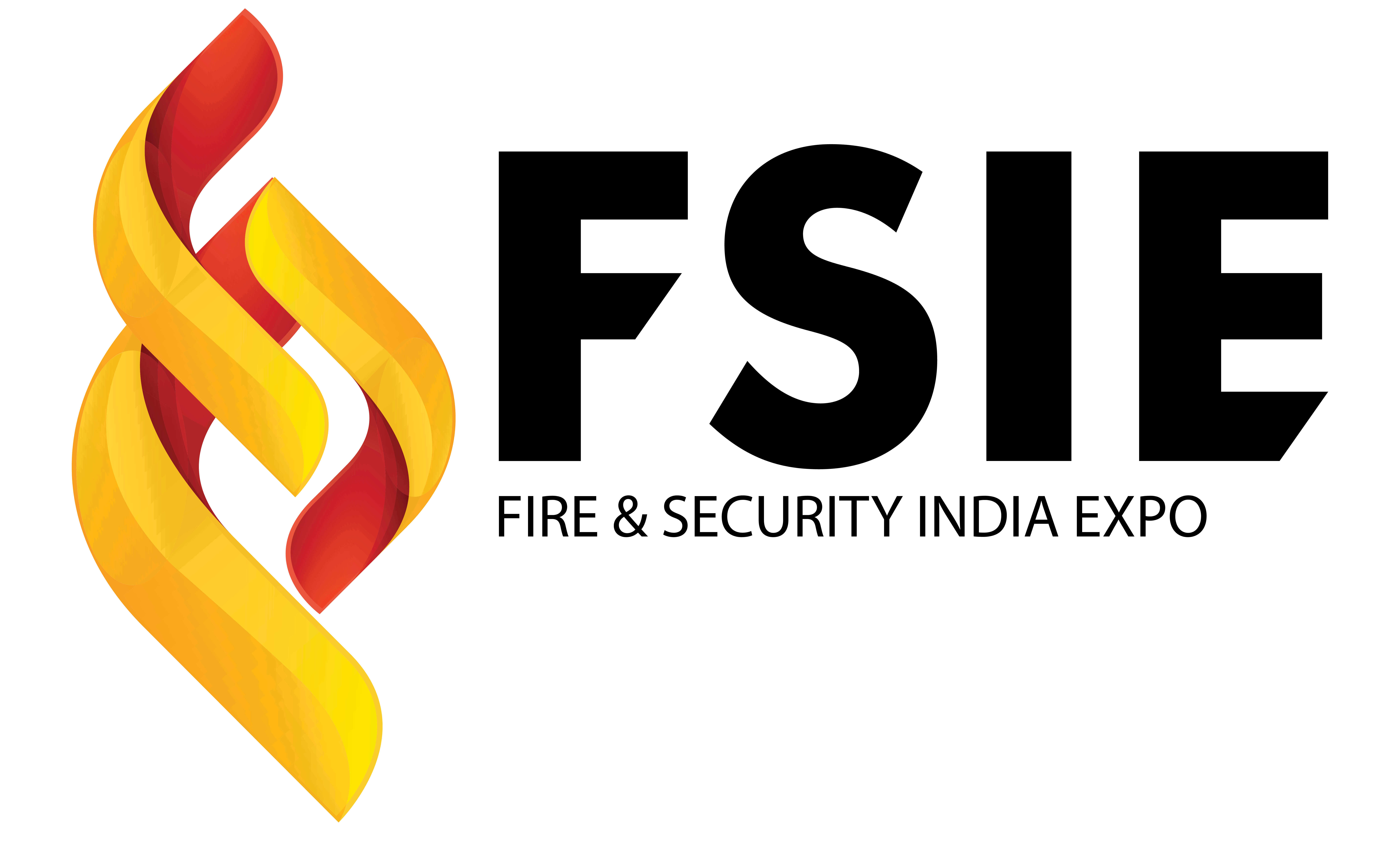Top Fire and Safety Trends for 2025: Insights from the Fire and Safety Expo
This year’s global fire exhibition unveiled groundbreaking innovations that will reshape safety protocols across industries. Fire prevention and management challenges were discussed, and industry leaders presented revolutionary technologies.
AI-Powered Detection Systems
Advanced artificial intelligence now enables early detection of potential fire hazards through pattern recognition and thermal imaging. These smart systems can predict fire incidents up to 30 minutes before traditional detectors sense any danger.
Machine learning algorithms analyze data from multiple sensors to differentiate between harmless smoke and genuine threats. The integration of IoT devices with AI has created a robust network of interconnected safety mechanisms.
Sustainable Fire Suppression
The development of eco-friendly fire suppression agents that cause little to no ecological impact has been driven by environmental consciousness. Water mist systems are increasingly popular because of their requirement for less water, but they still offer exceptional firefighting capabilities.
Novel foam compositions biodegrade within hours instead of weeks, addressing long-standing environmental concerns. The fire exhibition highlighted several manufacturers who presented their green suppression solutions.
Smart Building Integration
Modern buildings now incorporate comprehensive fire safety systems that communicate with various building management components. Automated ventilation systems work in tandem with sprinklers to control smoke spread and maintain safe evacuation routes.
Digital twin technology enables virtual simulations of emergency scenarios for better response planning. Building managers can monitor safety parameters in real-time through centralized dashboards.
Wearable Safety Technology
Remote Monitoring Solutions
Safety personnel can monitor multiple locations at once from wherever they may be with cloud-based surveillance systems. Large-scale fire incidents are assessed using thermal cameras mounted on drones.
Mobile applications now offer real-time updates and evacuation guidance to building occupants. These solutions demonstrate the industry’s shift toward decentralized safety management.
Enhanced Training Methods
Virtual reality simulations create immersive training environments for emergency response teams. These programs replicate various fire scenarios without risking personnel safety.
The latest fire exhibition showcased portable training units that can be deployed at different locations. Gamification elements make safety training more engaging and memorable for participants.
Predictive Maintenance
Smart sensors continuously monitor fire safety equipment to prevent unexpected failures. Automated scheduling systems ensure timely inspection and replacement of critical components.
Cloud analytics help identify patterns in equipment performance and predict potential malfunctions. This proactive approach significantly reduces system downtime and maintenance costs.
Emergency Communication
Advanced mass notification systems integrate multiple communication channels for faster emergency response. Multilingual alerts ensure clear communication in diverse workplace environments.
Digital signage systems automatically display evacuation routes based on fire location. Social media integration enables broader dissemination of emergency updates.
Regulatory Compliance Tools
Automated compliance tracking systems help organizations maintain updated safety certifications. Digital documentation platforms streamline audit processes and reduce paperwork.
Real-time reporting tools generate instant compliance reports for regulatory inspections. These innovations significantly reduce the administrative burden of safety management.
The safety industry continues to evolve with technological advancements and changing environmental requirements. Organizations must adapt to these trends to ensure optimal protection for their assets and personnel.
Investment in modern fire safety solutions proves crucial for maintaining competitive advantage and regulatory compliance. The future of fire safety lies in smart, sustainable, and integrated protection systems.
If you want to learn more about fire safety, attend a security and fire expo today.
